The Negro major leagues are kind of like a Rubik’s Cube. Fun to play with, difficult to figure out. More than any other sport, baseball is a game of numbers. Except that for a long time, much Negro Leagues data was inconsistent. If it existed at all. What’s more, since schedules were much shorter compared to Major League Baseball, sample sizes were smaller.
The participants also moved around, often for financial considerations. Many played in different leagues in different countries throughout the year. The competition level could vary from place to place, which made any statistics moot in some cases.
Because the final pitch was thrown in 1958, few with firsthand knowledge are around to share it. We don’t have film highlights or even much photographic evidence. But things are evolving. In 2020, MLB recognized the Nego Leagues as major leagues. And in 2021, Baseball Reference, a trusted source for baseball stats, expanded its coverage of the Negro Leagues and integrated Negro League data from 1920 to 1948 into its record books. We still have to separate truth from hyperbole, but more analysis has become available.
We always knew that some of the greatest baseball players who ever lived played in the Negro Leagues. Now it’s more official. These are the best Negro League players in baseball history.
25. Pete Hill, Outfield
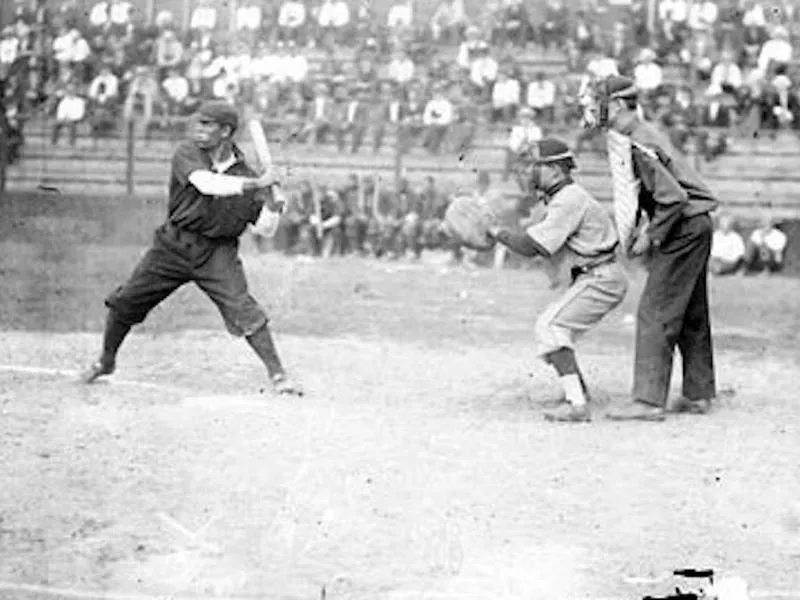
Pete Hill batting for the Leland Giants in 1909 Library of Congress / Wikimedia
Note: Players with brief Negro Leagues careers before they played in the major leagues were not considered. That includes Roy Campanella, Larry Doby, Luke Easter, Minnie Minoso, Don Newcombe and Jackie Robinson, to name a few. Statistics are courtesy of the Seamheads database. Incomplete data is marked by an asterisk.
Career: 1904-21, 1923-25 (21 seasons)
Primary teams: Habana, Chicago American Giants, Detroit Stars
Career statistics/162 games: .324 batting average, 10 home runs, 95 RBI, 43* stolen bases.
Baseball Hall of Fame: Inducted in 2006
Bottom line: The five-tool center fielder spent the brunt of his career in the pre-Negro Leagues days and did much to put black baseball on the map.
He had a Jackie Robinson-like effect on pitchers when on the bases. Or more accurately, Jackie Robinson created havoc like Pete Hill.
He was a mainstay with several legendary teams and served as a player-manager later in his career.
24. Dick Lundy, Shortstop
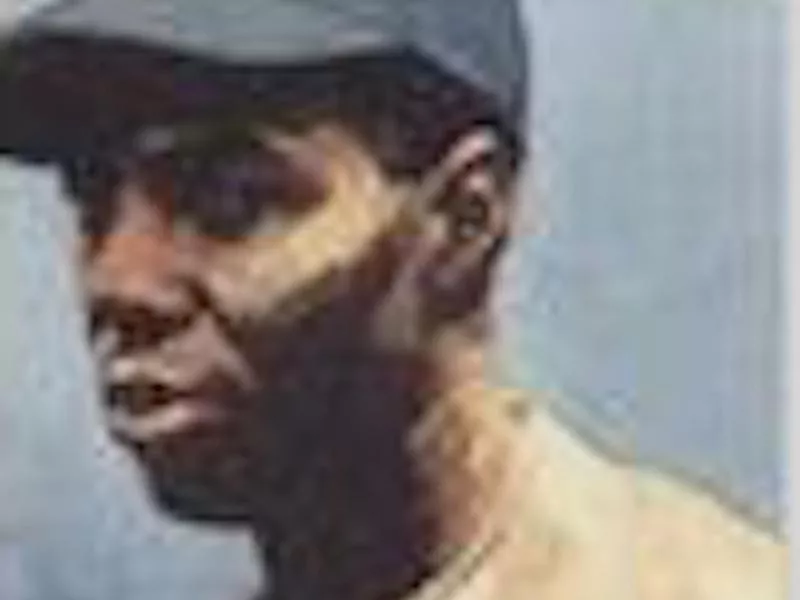
Dick Lundy could field and hit. https://www.amazon.com/Baseball-Eclipse-Stars-Negro-Leagues/dp/B075BYW3C5
Career: 1916-35, 1937 (21 seasons)
Primary teams: Atlantic City Bacharach Giants, Almendares, Baltimore Black Sox
Career statistics/162 games: .322 BA, 9 HR, 112 RBI, 23* SB
Baseball Hall of Fame: Not inducted
Bottom line: Generally considered to be among the three best black players at his position in league history, “King Richard” also was among its top long-ball hitters and gate attractions.
The guy had a nose for the money — 10 different teams in all — and he never stayed in one place too long.
23. John Beckwith, Third Base-Shortstop
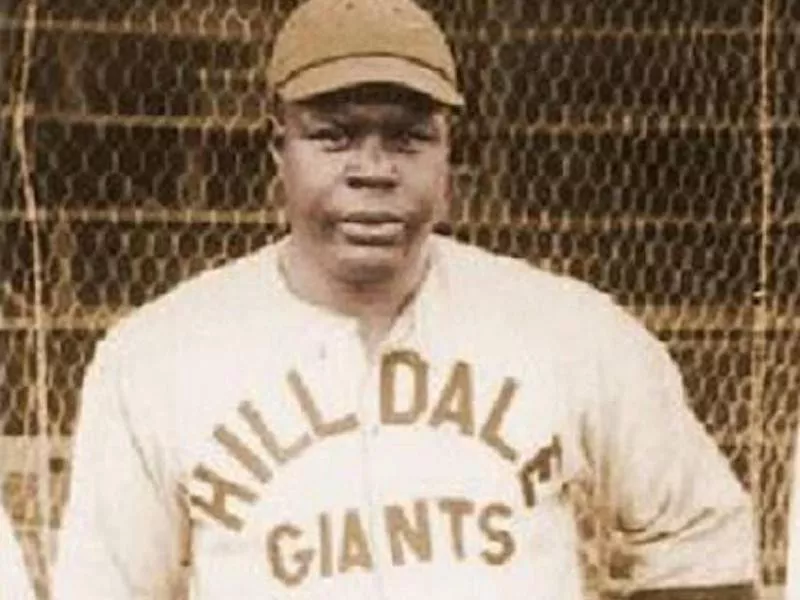
John Beckwith played 18 years in the Negro Leagues. Old-Time Baseball Photos / Facebook
Career: 1919-37 (18 seasons)
Primary teams: Chicago American Giants, Baltimore Black Sox, Homestead Grays
Career statistics/162 games: .328 BA, 27 HR, 150 RBI, 13* SB
Baseball Hall of Fame: Not inducted
Bottom line: The 220-pound strongman could be temperamental and worse, but oh, how his 38-inch bat could abuse a baseball. Think: The original Dick Allen.
John Beckwith’s signature home run at Griffith Stadium in Washington, D.C., struck an ad sign roughly 460 feet away from home plate and 40 feet off the ground.
Yet there was more to the man than raw power. His uncommon agility allowed him to play multiple positions in his career.
22. Leon Day, Pitcher
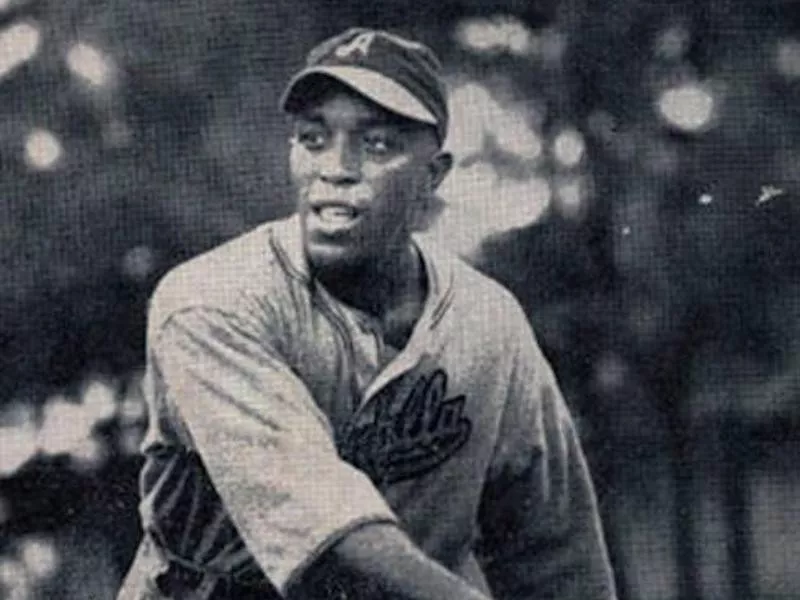
Leon Day was one of the best pitchers in baseball history. Old-Time Baseball Photos / Facebook
Career: 1934-39, 1941-43, 1946 (10 seasons)
Primary team: Newark Eagles
Career statistics/162 games: 38 games, 18-8 W-L, 3.42 earned run average (pitcher); .309 BA, 5 HR, 68 RBI, 4* SB (hitter)
Baseball Hall of Fame: Inducted in 1995
Bottom line: While the low-key right-hander could do it all, he didn’t receive the recognition of other star pitchers in his day. In fact, his versatility was such that he played second base or center field on a semi-regular basis.
His best work came on the mound, though, where he had no peer in the early 1940s decade.
As teammate Monte Irvin once said, “He was as good or better than Bob Gibson. … If we had one game to win, we wanted Leon to pitch.”
21. Ray Brown, Pitcher
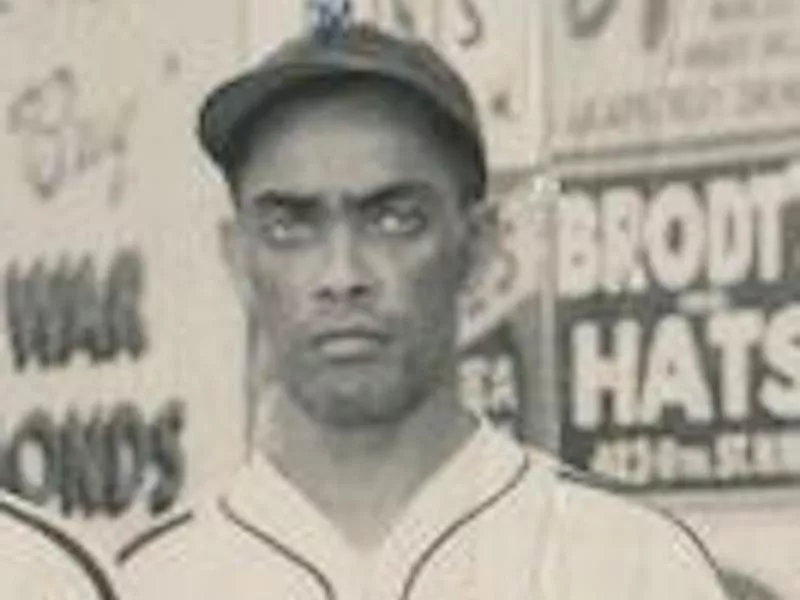
Ray Brown was inducted in the Baseball Hall of Fame in 2006. Wright and Riley / Wikimedia
Career: 1931-45 (15 seasons)
Primary team: Homestead Grays
Career statistics/162 games: 40 G, 22-8 W-L, 2.98 ERA
Baseball Hall of Fame: Inducted in 2006
Bottom line: While teammates Cool Papa Bell, Josh Gibson, Satchel Paige and got most of the pub, the Grays ace methodically went about his business.
The right-hander had one of the most lethal curveballs of his time, a money pitch that he would throw to any batter at any time.
His .742 win percentage (118-41) was the best in league history.
20. Oliver Marcell (also Marcelle), Third Base
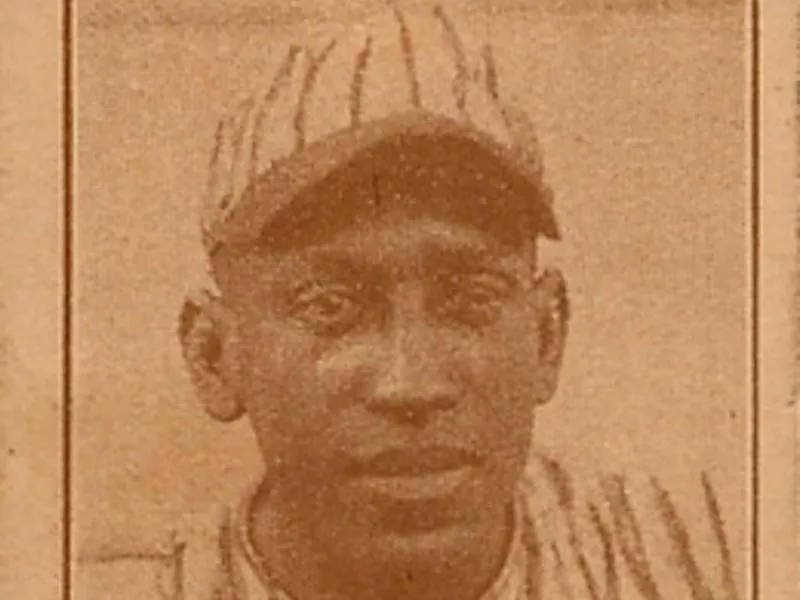
Oliver Marcell was an excellent third baseman in his 13 seasons in the Negro Leagues. Díaz / Wikimedia
Career: 1918-30 (13 seasons)
Primary teams: Atlantic City-New York Bacharach/New York Lincoln Giants
Career statistics/162 games: .306 BA, 5 HR, 88 RBI, 18* SB
Baseball Hall of Fame: Not inducted
Bottom line: The recluse was known as “Ghost” because he spent so little time at the team hotel.
He also had part of his nose bitten off in a brawl over a craps game. So, um, yeah, he straddled the line between fiery competitor and raving lunatic.
He also could pick it. In fact, to hear many Negro League seamheads tell it, he had no peer as a defender at the hot corner.
19. Bill (Willie) Foster, Pitcher
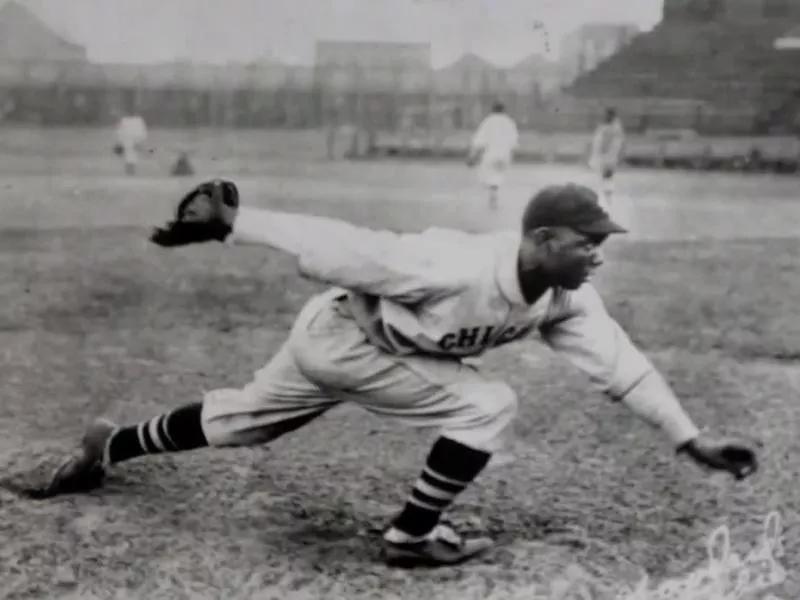
Bill Foster was inducted in the Baseball Hall of Fame in 1996. pgctvonline / YouTube
Career: 1923-37 (15 seasons)
Primary teams: Memphis Red Sox, Chicago American Giants
Career statistics/162 games: 40 G, 18-11 W-L, 2.79 ERA
Baseball Hall of Fame: Inducted in 1996
Bottom line: The stepbrother of Negro Leagues founder Rube Foster was recognized as the best left-handed pitcher in its history.
His career highlight came in the 1926 season, when the American Giants ace outpitched Bullet Joe Rogan in both games of a doubleheader to decide an epic pennant race.
“Bill Foster was my star pitcher, not even barring Satchel Paige,” Dave Malarcher, his manager for the Chicago American Giants, once said.
18. Joe (Bullet) Rogan, Pitcher-Outfielder
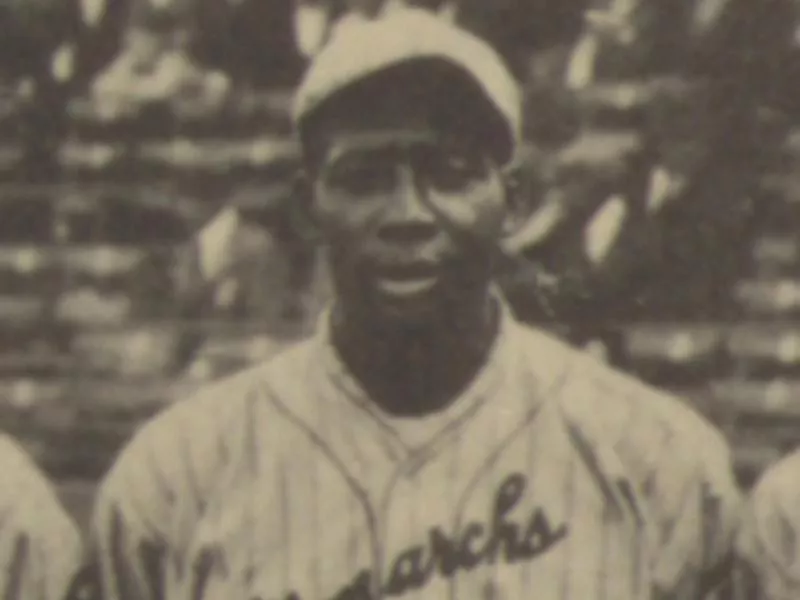
Bullet Joe Rogan could hit and pitch. Wikimedia
Career: 1920-30, 1933-38 (17 seasons)
Primary team: Kansas City Monarchs
Career statistics/162 games: 38 G, 22-10 W-L, 2.72 ERA (pitcher), 340 BA, 13 HR, 101 RBI, 23* SB (hitter)
Baseball Hall of Fame: Inducted in 1998
Bottom line: At all of 5-foot-7, 160-pounds, the right-hander wielded a fastball that rivaled any of his time.
The part-time outfielder also could handle a bat — he ranked second in homers (15) and sixth in batting average (.369) in the 1922 Negro National League season.
What designated hitter?
17. Jud (Boojum) Wilson, Third Base-First Base

Jud Wilson was inducted in the Baseball Hall of Fame in 2006. Harrison Studio / Wikimedia
Career: 1922-45 (24 seasons)
Primary teams: Baltimore Black Sox, Homestead Grays, Philadelphia Stars
Career statistics/162 games: .361 BA, 14 HR, 130 RBI, 21* SB
Baseball Hall of Fame: Inducted in 2006
Bottom line: Boojum? That was the sound that his line drives made upon contact with outfield walls.
In one stretch of six seasons, he hit .413 or better five times and .399 in the other.
He was one of the all-time hotheads of baseball, a 5-foot-8, 195-pound inferno who attacked everything from fastballs to umpires with legendary ferocity.
16. Martín Dihigo, Outfield-Third Base-Pitcher

Martín Dihigo was inducted into the Baseball Hall of Fame in 1977. Negro Leagues Baseball Museum / Wikimedia
Career: 1923-31, 1935-36, 1945 (12 seasons)
Primary teams: Cuban Stars East, Homestead Grays, Philadelphia Hilldale Giants, New York Cubans
Career statistics/162 games: .316 BA, 26 HR, 125 RBI, 20* SB (hitter); 40 G, 17-15 W-L, 3.54 ERA (pitcher)
Baseball Hall of Fame: Inducted in 1977
Bottom line: Many old-time seamheads consider the Cuban icon to be a Roberto Clemente clone. Others say “El Maestro” was “El Overhyped.”
As is usually the case with such a wide range of opinions, the truth lies somewhere in the middle.
Let’s just say that not many athletes can play pitcher, first base, second base, shortstop, third base, left field, center field or right field. And do several at an All-Star level.
15. Judy Johnson, Third Base
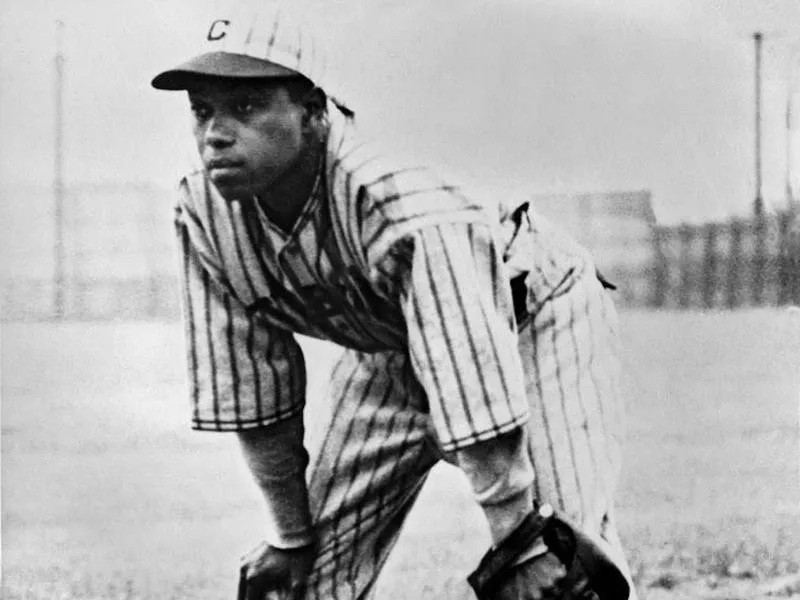
Judy Johnson was inducted into the Baseball Hall of Fame in 1975. Old-Time Baseball Photos / Facebook
Career: 1918, 1921-36 (17 seasons)
Primary teams: Philadelphia Hilldale Giants, Homestead Grays, Pittsburgh Crawfords
Career statistics/162 games: .299 BA, 6 HR, 99 RBI, 20* SB
Baseball Hall of Fame: Inducted in 1975
Bottom line: As gifted as the quiet leader was as a two-way player, his baseball smarts were no less impressive.
He was a mainstay with the 1932-35 Crawfords teams that were some of the best ever.
After retirement as a player, he served as the first black coach in the big leagues and went on to become an accomplished talent scout.
14. James (Biz) Mackey, Catcher
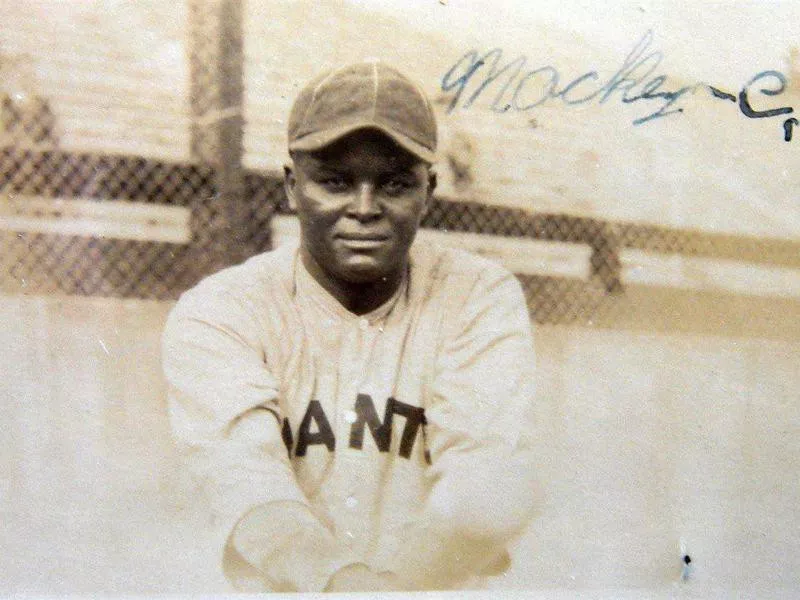
Biz Mackey was inducted into the Baseball Hall of Fame in 2006. Old-Time Baseball Photo / Facebook
Career: 1920-31, 1933-41, 1945-47 (24 seasons)
Primary teams: Indianapolis ABCs, Philadelphia Hilldale Giants, Philadelphia Stars, Newark Eagles
Career statistics/162 games: .330 BA, 10 HR, 109 RBI, 13* SB
Baseball Hall of Fame: Inducted in 2006
Bottom line: So efficient was the Texan behind the plate well into his 30s, his offensive contributions were easy to overlook.
Even though the converted shortstop never played in the big leagues, Biz Mackey left his mark there just the same.
It was his mentorship that paved the way for Brooklyn Dodgers catcher Roy Campanella to Hall of Fame induction.
13. Ray Dandridge, Third Base
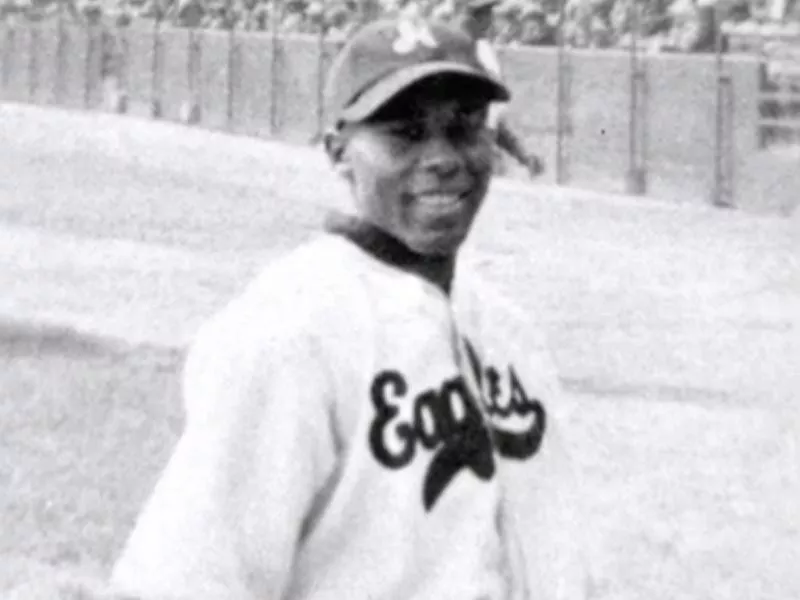
Ray Dandridge was inducted into the Baseball Hall of Fame in 1987. National Baseball Hall of Fame and Museum / YouTube
Career: 1933-38, 1942, 1944 (8 seasons)
Teams: Newark Dodgers-Eagles
Career statistics/162 games: .323 BA, 3 HR, 96 RBI, 15* SB
Baseball Hall of Fame: Inducted in 1987
Bottom line: “Hooks” was the best of a rather ordinary lot at the position, an accomplished contact hitter who made his name on Gold Glove-caliber defense.
His Negro League career was somewhat brief, the result of a move to Mexico because of financial considerations.
The 1950 American Association MVP got as far as Triple-A after the majors became integrated, but the New York Giants considered the mid-30-something to be a bit long in the tooth for a promotion.
12. Cristóbal Torriente, Outfield
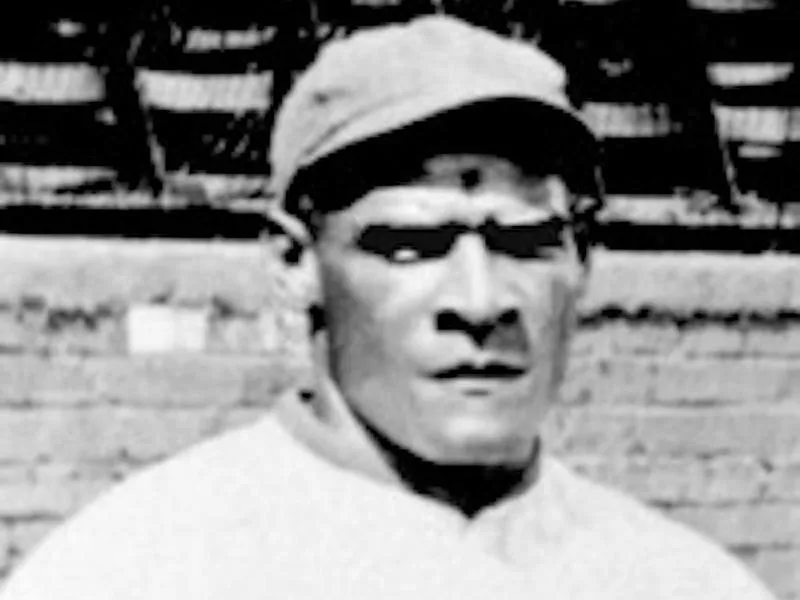
Cristóbal Torriente was inducted into the Baseball Hall of Fame in 2006. Hall of Fame / Wikipedia
Career: 1912-25, 1928 (15 seasons)
Primary teams: Cuban Stars West, Almendares, Chicago American Giants
Career statistics/162 games: .345 BA, 11 HR, 21 RBI, 39* SB
Baseball Hall of Fame: Inducted in 2006
Bottom line: As one of the all-time enigmas, the temperamental Cuban is difficult to place in the order here. Not much is known about him, and much of what is remains sketchy at best.
By many accounts, he was a franchise player who could do anything on a baseball field.
We also know that his passion for the nightlife might resulted in frequent run-ins with team management and reduced his effectiveness to some extent.
11. Norman (Turkey) Stearnes, Center Field
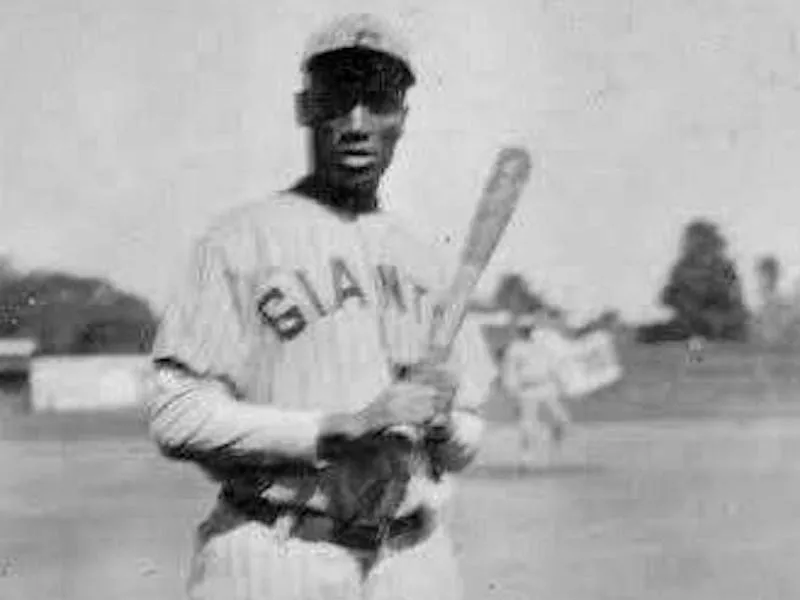
Turkey Stearnes was inducted into the Baseball Hall of Fame in 2000. Old-Time Baseball Photos / Facebook
Career: 1923-25, 1928, 1930-31, 1933-40 (14 seasons)
Primary teams: Detroit Stars, Kansas City Stars, Chicago American Giants
Career statistics/162 games: .342 BA, 30 HR, 161 RBI, 20* SB
Baseball Hall of Fame: Inducted in 2000
Bottom line: No doubt the lefty thumper benefited from cozy Mack Park in Detroit, where its short porch and power alley in right field turned doubles and long outs into homers.
Fact is, the guy was capable of the Turkey trot anywhere. Only Oscar Charleston and Josh Gibson hit more homers in league history.
Stearnes was a willing base-stealer and plus center fielder as well.
10. James (Cool Papa) Bell, Outfield
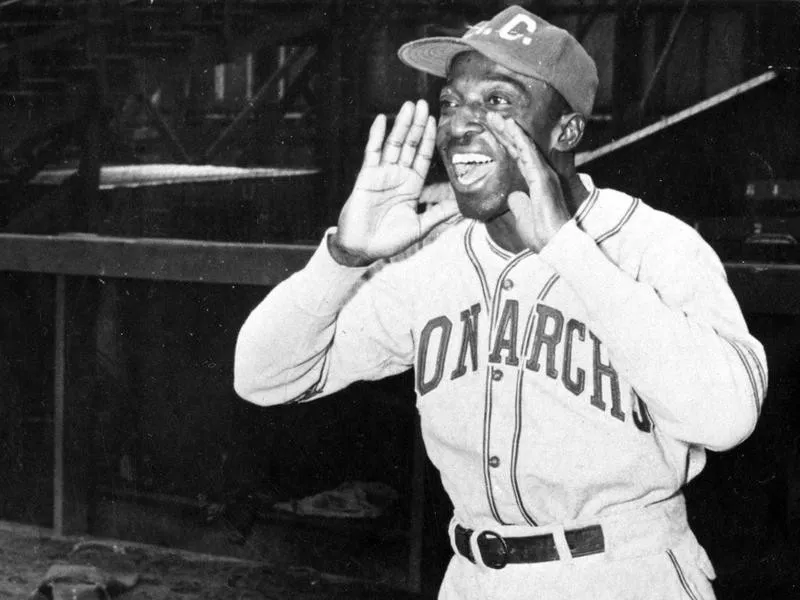
Cool Papa Bell was inducted in the Baseball Hall of Fame in 1974. Old-Time Baseball Photo / Facebook
Career: 1922-25, 1928-29, 1932-37, 1942-46 (17 seasons)
Primary teams: St. Louis Stars, Pittsburgh Crawfords, Homestead Grays
Career statistics/162 games: .320 BA, 6 HR, 76 RBI, 32* SB
Baseball Hall of Fame: Inducted in 1974
Bottom line: If even half the tales about his legendary speed and quickness are accurate, then the 5-foot-9, 157-pound switch-hitter would be worth about, say, $20 million per season today.
You heard that he could turn off the lights, then be in bed before the room was dark, didn’t you?
Cool Papa fun fact: He got his famous nickname as a 19-year-old kid from Stars manager Bill Gatewood, who was impressed by his coolness under pressure.
9. Willie Wells, Shortstop
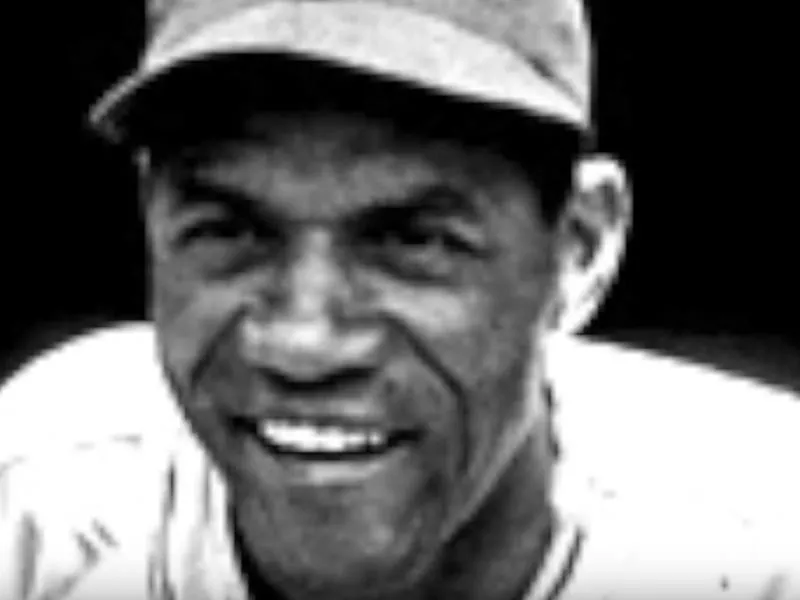
Willie Wells was inducted into the Baseball Hall of Fame in 1997. skinsandos / YouTube
Career: 1924-31, 1933-39, 1941-42, 1945-48 (21 seasons)
Primary teams: St. Louis Stars, Chicago American Giants, Newark Eagles
Career statistics/162 games: .303 BA, 14 HR, 101 RBI, 21* SB
Baseball Hall of Fame: Inducted in 1997
Bottom line: The anchor of the Eagles’ so-called “Million Dollar Infield” wasn’t just the best shortstop in the league for more than a decade. There was a time in the mid-1930s when he was the most dominant all-around player — period.
What separated him from others at the position was an ability to hit for distance. As a result, he was among the first to wear a helmet at the plate, so often did frustrated pitchers throw at him.
8. Monte Irvin, Outfield-Shortstop
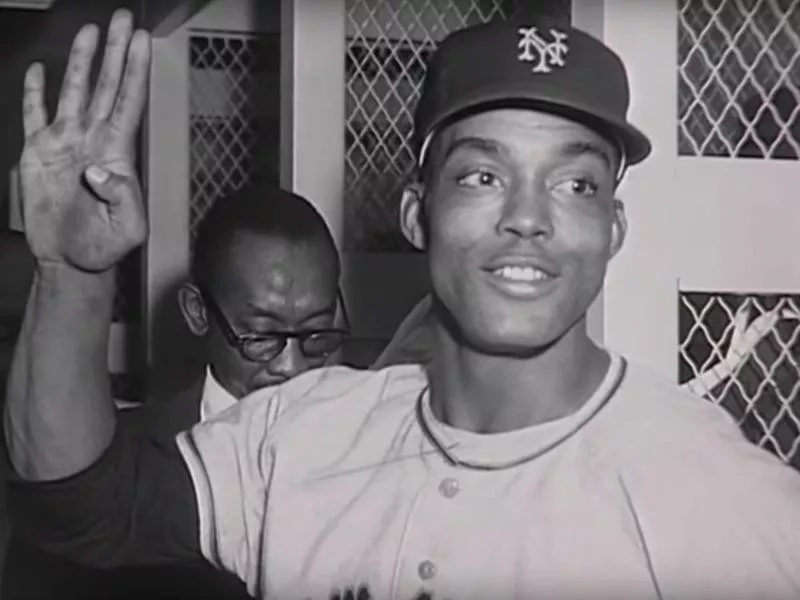
Monte Irvin had a great career in the Negro Leagues and major leagues. National Baseball Hall of Fame and Museum / YouTube
Career: 1938-43, 1945-48 (10 seasons)
Team: Newark Eagles
Career statistics/162 games: .354 BA, 22 HR, 118 RBI, 18* SB
Baseball Hall of Fame: Inducted in 1973
Bottom line: Most players, team owners and executives of both colors believed that he was the most well-rounded candidate to break the color barrier.
In 1949, not long after Jackie Robinson made his Brooklyn Dodgers debut, the New York Giants purchased his contract from the Eagles.
Two years later, he already was a star with the National League pennant winners.
7. George (Mule) Suttles, First Base-Left Field
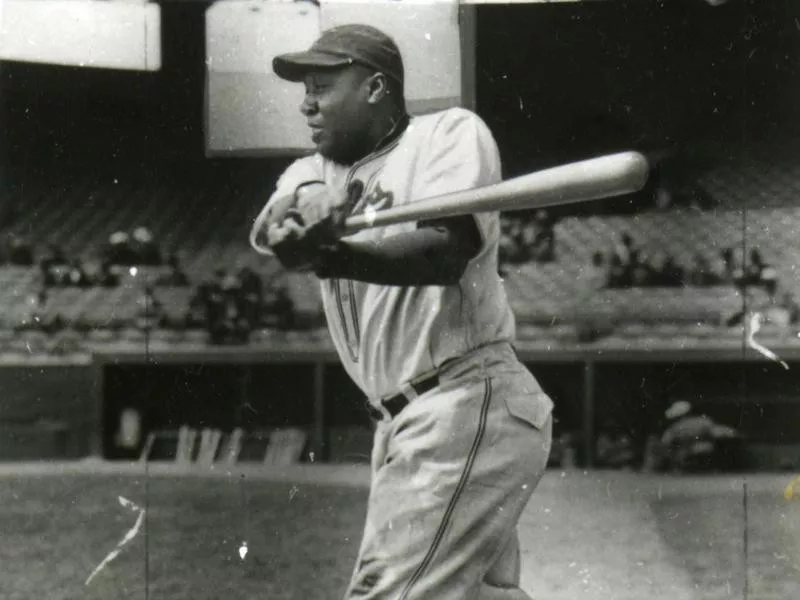
Mule Suttles was one of the game’s great hitters. Old-Time Baseball Photos / Facebook
Career: 1923-25, 1928-30, 1932-44 (19 seasons)
Primary teams: Birmingham Black Barons, Chicago American Giants, Newark Eagles
Career statistics/162 games: .317 BA, 27 HR, 134 RBI, 13* SB
Baseball Hall of Fame: Inducted in 2006
Bottom line: If any Negro Leaguer could have transitioned to modern times, then this 6-foot-3, 215-pound strongman was the one.
The mighty righty hit for power, hit for average, hit in the clutch and wasn’t afraid to swing and miss. His many moonshots were the talk of the league.
Mule fun fact: He hit the first homer in East-West All-Star Game history.
6. Smokey Joe Williams, Pitcher
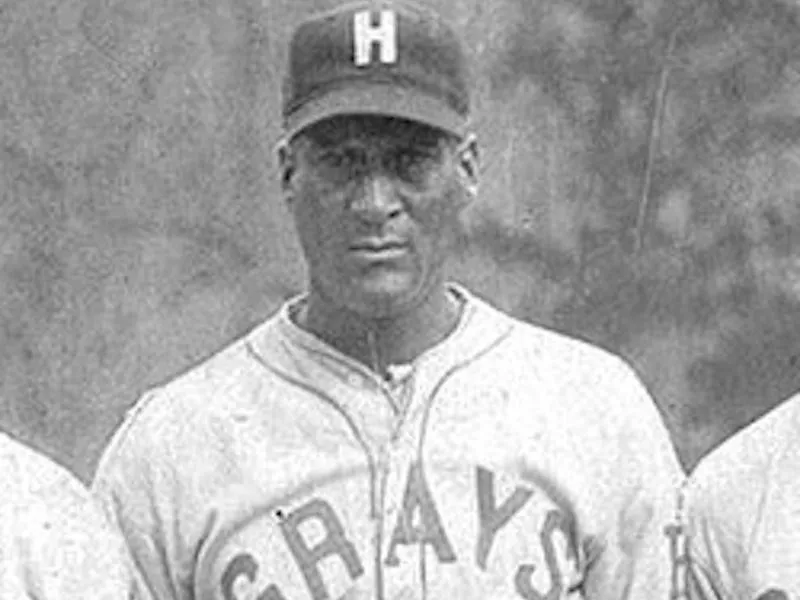
Smokey Joe Williams pitched in 279 Negro Leagues games (226 starts) and won 138 of them. Heritage Auctions / Wikimedia
Career: 1907-24, 1926-32 (25 seasons)
Primary teams: New York Lincoln Giants, Homestead Grays
Career statistics/162 games: 38 G, 19-12 W-L, 2.41 ERA
Baseball Hall of Fame: Inducted in 1999
Bottom line: The all-time Negro Leagues winner was the Satchel Paige of the first half of Negro Leagues history, a 6-foot-4 right-hander who dominated with size, speed and savvy.
The tall Texan threw harder than Bob Feller, some claimed at the time, and another Hall of Famer, Ty Cobb, believed he had 30-win potential in the big leagues.
Joe Williams also ranked third in innings pitched and 15th in earned run average on the all-time list.
5. Walter (Buck) Leonard, First Base
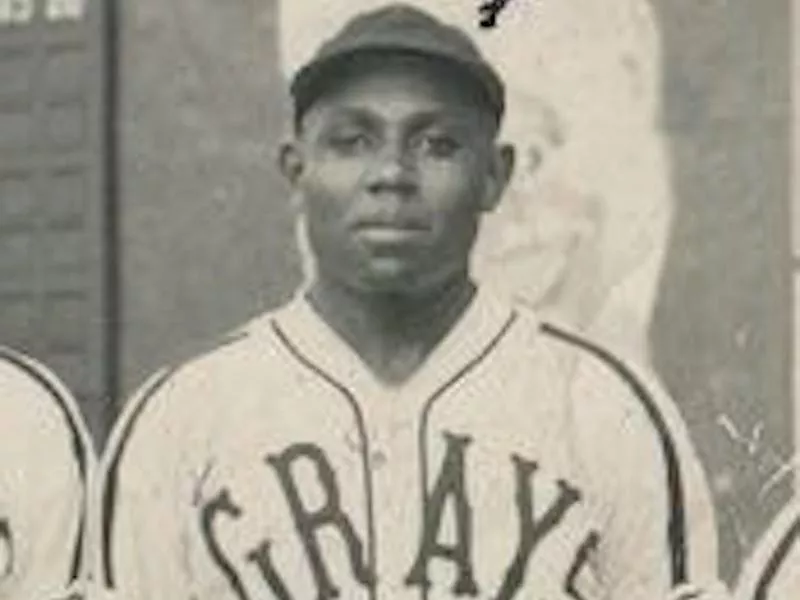
Buck Leonard was inducted into the Baseball Hall of Fame in 1972. Wright and Riley / Wikimedia
Career: 1933-48 (16 seasons)
Primary team: Homestead Grays
Career statistics/162 games: .343 BA, 26 HR, 148 RBI, 10* SB
Baseball Hall of Fame: Inducted in 1972
Bottom line: Buck Leonard and Josh Gibson were to the Grays what Babe Ruth and Lou Gehrig were to the New York Yankees before them.
Leonard ranked third in OPS, sixth in homers and 11th in batting average in Negro Leagues history.
What’s more, he was nearly as good in the field, not to mention among the most respected players of his era.
4. John Henry (Pop) Lloyd, Shortstop
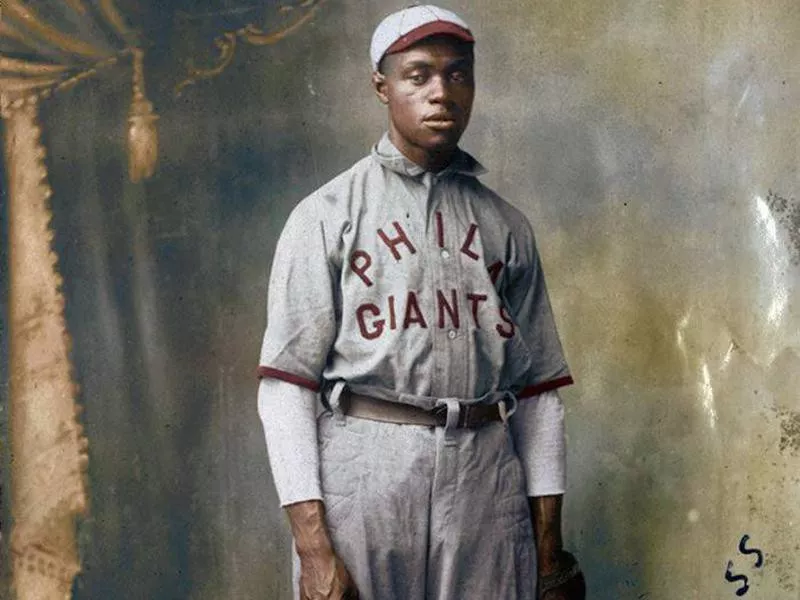
Pop Lloyd played 27 seasons in the Negro Leagues. Old-Time Baseball Photos / Facebook
Career: 1906-32 (27 seasons)
Primary teams: Habana, New York Lincoln Giants, Chicago American Giants, Atlantic City Bacharach Giants
Career statistics/162 games: .338 BA, 4 HR, 109 RBI, 33* SB
Baseball Hall of Fame: Inducted in 1977
Bottom line: Only the great Honus Wagner was in Pop Lloyd’s stratosphere at shortstop in his time.
The 5-foot-10, 180-pound package of skill and smarts beat opponents every which way save for the long ball.
At his position, Pop ranked No. 1 in hits, RBI, runs scored and stolen bases in league history.
3. Oscar Charleston, Center Field-First Base
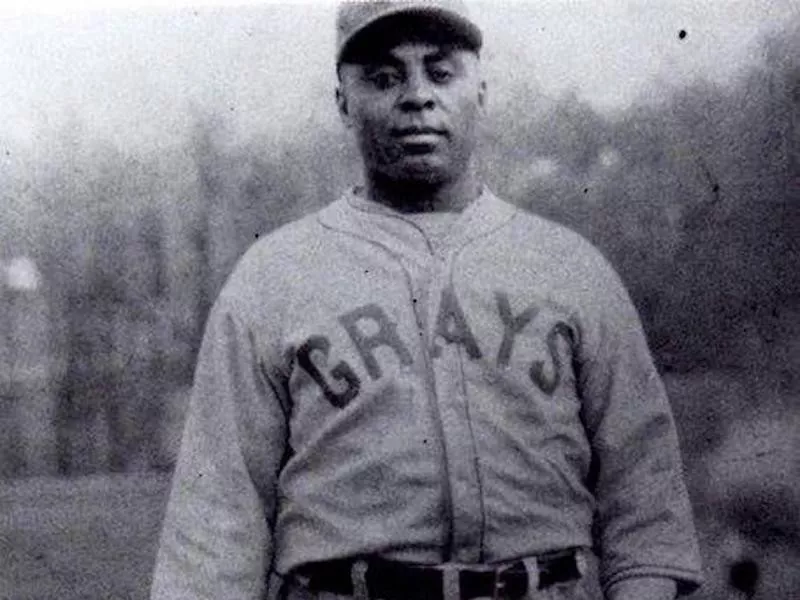
Oscar Charleston was elected to the Baseball Hall of Fame in 1976. Old-Time Baseball Photos / Facebook
Career: 1915-41 (27 seasons)
Primary teams: Indianapolis ABCs, Hilldale Club, Pittsburgh Crawfords
Career statistics/162 games: .352 BA, 22 HR, 135 RBI, 46* SB
Baseball Hall of Fame: Inducted in 1976
Bottom line: The social mores of Oscar Charleston’s day weighed heavily on the Indianapolis native, who played angry for more than three decades. He fought with police and even Ku Klux Klansmen. And when he was on the field, he vented on opponents and umpires alike.
The result was “the Willie Mays of his day,” as fellow great Monte Irvin called Charleston, quite possibly the best all-around player in Negro Leagues history.
He finished his lengthy career among the top five in every offensive category.
2. Leroy (Satchel) Paige, Pitcher
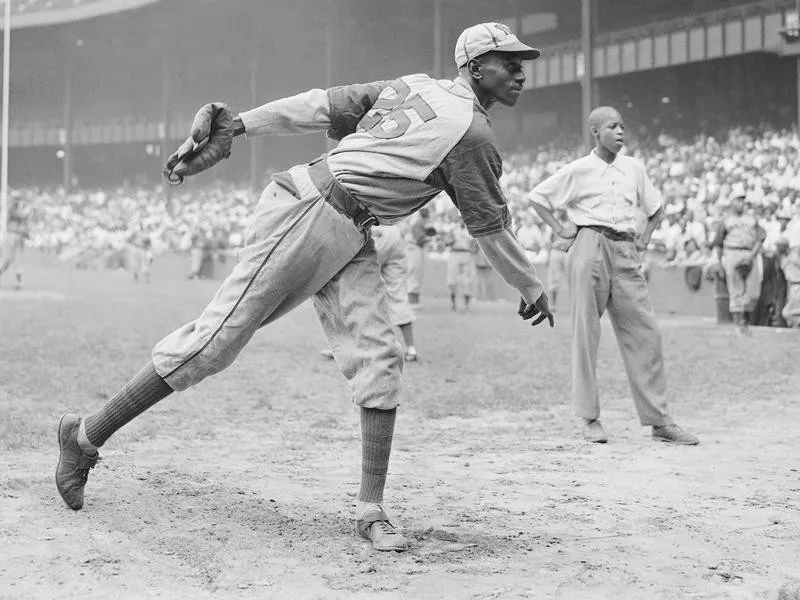
Kansas City Monarchs pitching great Leroy “Satchel” Paige warms up at Yankee Stadium in 1942 for a Negro League game against the New York Cuban Stars. AP Photo
Career: 1928, 1930-37, 1941-47 (16 seasons)
Primary teams: Homestead Grays, Kansas City Monarchs
Career statistics/162 games: 38 G, 16-9 W-L, 2.13 ERA
Baseball Hall of Fame: Inducted in 1971
Bottom line: Ol’ Satch was such a master showman/philosopher/quote machine, we tend to forget the extent of his dominance on the field. By his estimation, the ageless wonder took the mound 2,500 times everywhere from Mexico to Canada and won 80 percent of them.
There may or may not have been a better pitcher in his time, but it’s hard to argue that he deserved to be the first Negro Leaguer to gain Hall of Fame induction.
None had a greater impact on and off the field.
1. Josh Gibson, Catcher
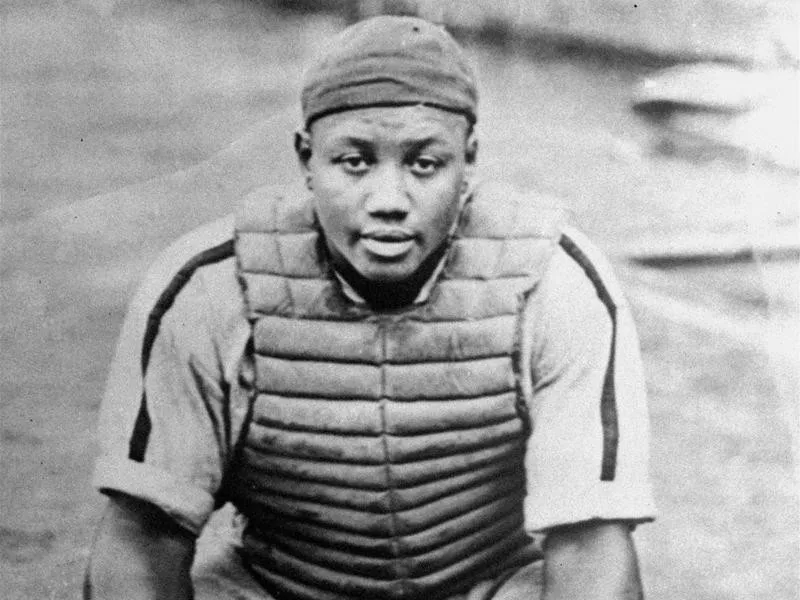
Josh Gibson was more than the “Black Babe Ruth.” AP Photo
Career: 1930-40, 1942-46 (16 seasons)
Team: Homestead Grays, Pittsburgh Crawfords
Career statistics/162 games: .360 BA, 40 HR, 180 RBI, 10* SB
Baseball Hall of Fame: Inducted in 1972
Bottom line: By any measure, the “Black Babe Ruth” was all of that — the most dominant slugger in Negro Leagues history.
Indeed, if the 6-foot-1, 215-pound catcher had played in the major leagues, it’s easy to think that he would have been capable of Ruthian feats. (Did he almost hit one out of Yankee Stadium?) And if he hadn’t fallen prey to alcoholism, he would have been even better.
A slew of major League stars vouched for his greatness, pitchers Dizzy Dean and Carl Hubbell among them. Wouldn’t you have loved to see either one pitch to Gibson just once?